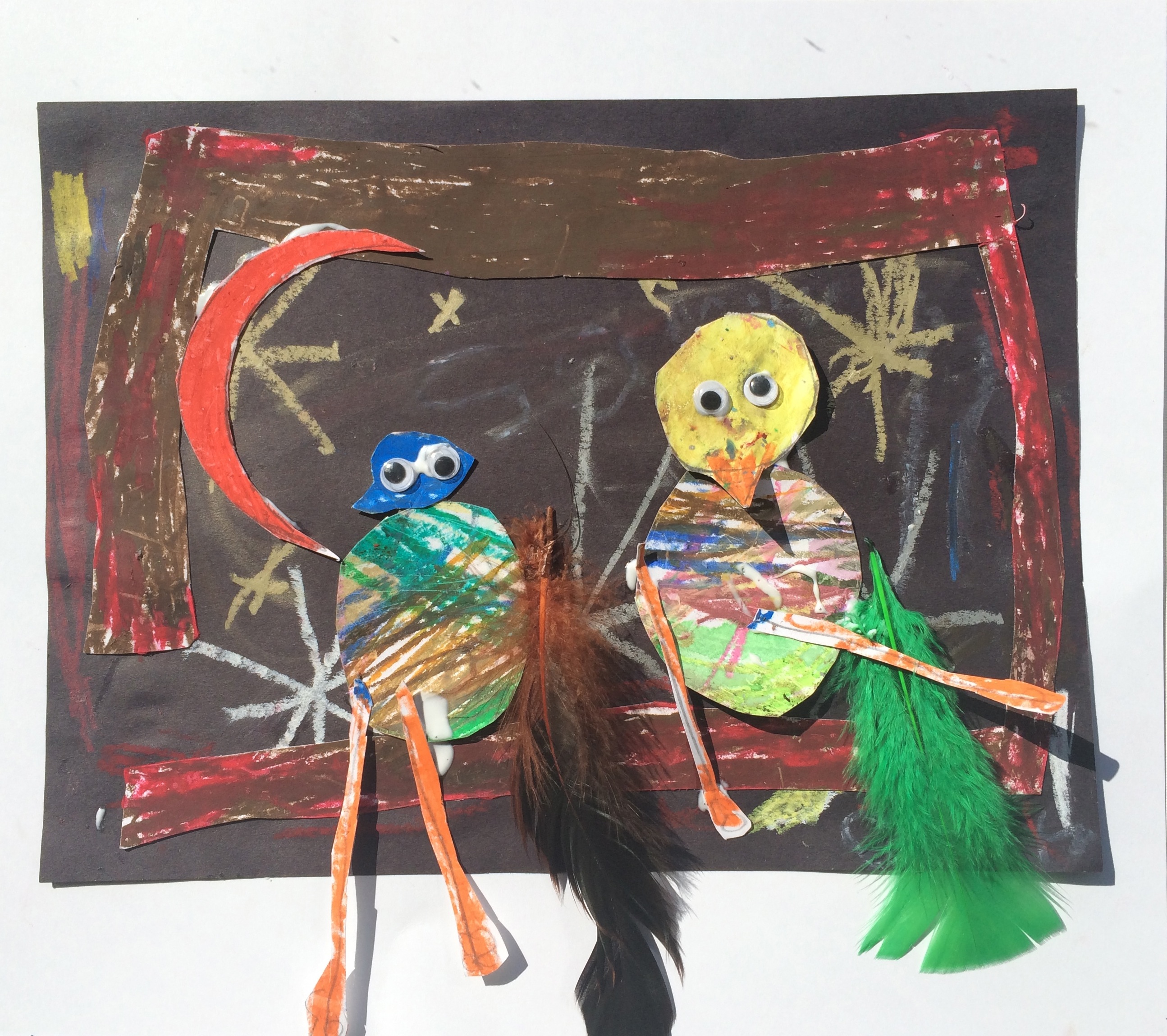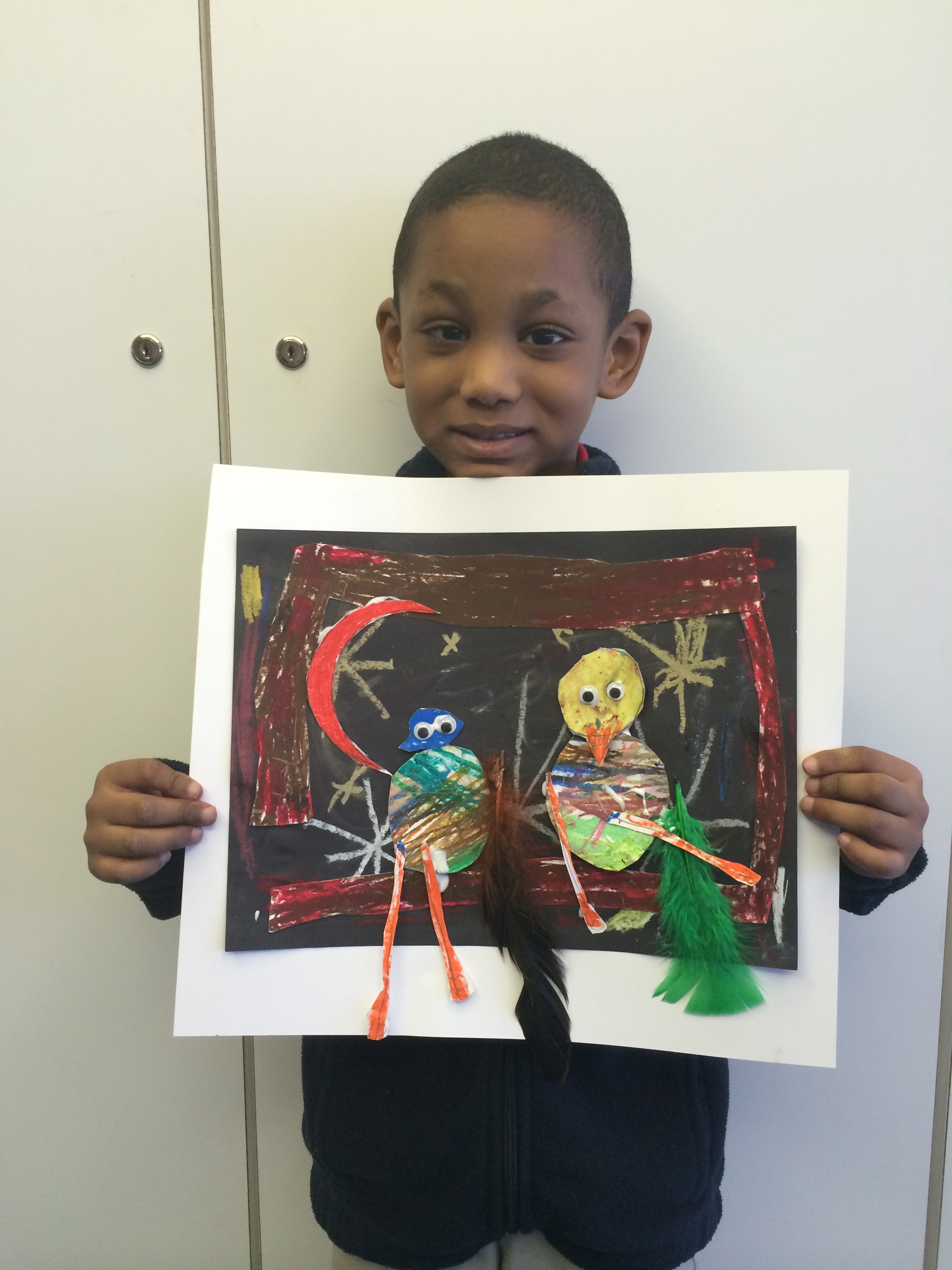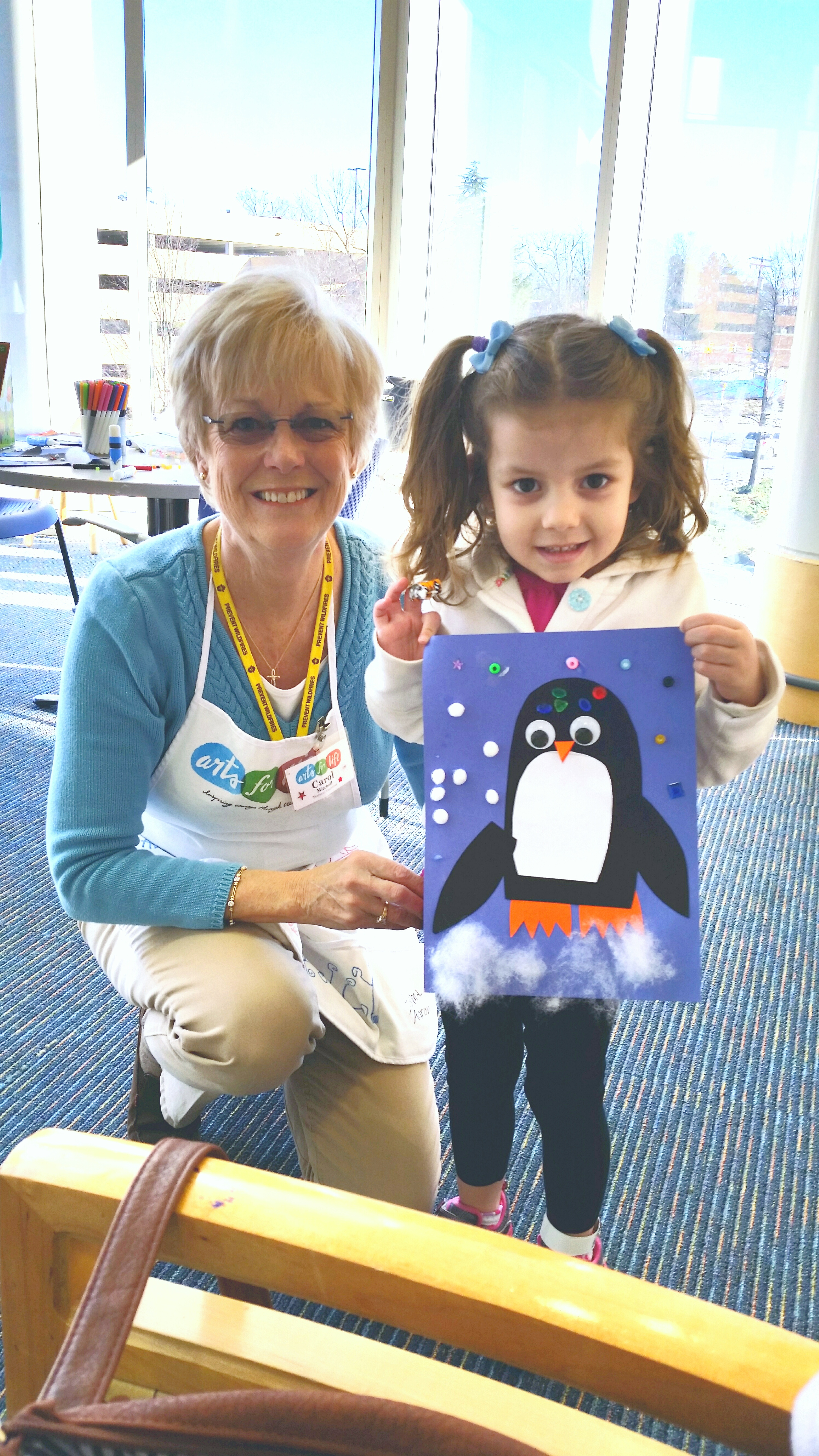When Student Becomes Teacher: The Art of Inspiring a Lesson Plan
Behind every unique, vibrant, inspiring piece of Arts For Life artwork…
there is a unique, beautiful, inspiring artist.
And a teacher who has coached, challenged, and encouraged that artist.
And behind each Arts For Life teacher, guiding and providing structure, is a curriculum full of unique, engaging, educational lesson plans.
An excellent lesson plan doesn’t just instruct, it inspires. It ignites. It is seamless with the artist’s world, yet invites the curious artist to explore his or her world from a different perspective. An excellent lesson plan encourages innovation, imagination, and out-of-the-box thinking. A excellent lesson plan is adaptable: it can bend and flex around a wheelchair or an IV pole. It can slide stealthily over the shoulder of a reluctant teenager, or rein in the energy of a boisterous four-year-old.
Sounds like magic, I know. But actually, writing an excellent lesson plan is a process rooted in experience, passion, and active listening. The lesson plans Arts For Life teachers use at tables and bedsides across the state are excellent because they are painstakingly researched, imagined, developed, tweaked, revised, and written by us–Arts For Life Program Directors, Coordinators, and Assistants with combined decades of experience in our setting.
Where, you might ask, do these lessons come from? How do we get our ideas? Where do we find inspiration?
The answer is: everywhere.
The internet is an amazing and wonder-filled rabbit hole of great art project ideas. Local galleries provide endless inspiration in each of our art-rich communities. Each chapter has a deep and well-rounded library of books on all subjects from painting to drawing to photography to creative writing. All of these resources, at one point or another, has inspired a lesson or two (or twenty!)
But ask any Arts For Life teacher, and they will undoubtedly tell you: some of the best lesson plans come from the kids we are lucky enough to teach.
More than a decade ago, when I was first starting with Arts For Life, I met a teenager named Brian. He was seventeen, newly diagnosed with leukemia. I met him on what was probably his second or third visit to our outpatient clinic. That day, he was angry, and he made no attempts to hide it. Not with his mom, not the doctor, not the nurses, and certainly not with me. In no uncertain terms, he let me know that not only was he not interested in making art with me, but he was insulted I would even ask.
Then he found himself in the waiting room, having to wait on lab work, then on the bag of blood he needed to be transfused. Hours, he would end up waiting. At first he sat with his back to me, flipping through a magazine, but after awhile, he stood up, walked over to my table, and sat down across from me. He still didn’t want to do art, but he did want to talk. He fiddled with a length of stray yarn that had been lying out on the table. We talked about knots; we tied knots. And before very long, we were showing each other knots we knew, geeking out together about our mutual interest in knot-tying.
Knots were not in the lesson plan.
But that was the beginning of something. In the months that followed, Brian sat at the art table and discovered that he had an affinity for other dexterous pursuits, namely origami. In fact, I credit Brian for challenging me to learn to fold a crane with my eyes closed. He too mastered the origami crane, and folded one from every different kind of paper we could find.
“Hey, we should hang all these cranes from the ceiling!” he said one day. So we did.
Later that week, when I was telling my then-boss (and AFL founding Director) Anna about it, she said “I think there’s a book about that. We should write a lesson plan.” So we did.
The lesson plan, based on the story Sadako and the Thousand Paper Cranes, became a lesson plan that we shared and used in our sister chapter in Winston Salem (there were only the two chapters at the time). It was the first lesson plan I remember writing in my Arts For Life career. And it all came to be because I first spent an hour tying knots with Brian.
I bet I have a hundred similar stories from the past eleven years.
Many of the children who visit our tables won’t know that the lessons they’re using were created specifically for them, just as they might not know that their new creative method, or color choice, or way of explaining something is inspiring a whole new lesson plan at that exact moment. They’ll just know that touching a paint-filled watercolor brush to a wet piece of paper produces an explosion of color, or that two strips of paper accordion-folded together can be the body of a dragon, or the base of a pop-out card, or a really cool bracelet.
An excellent lesson plan is seamless with the artist’s world. So in the end, it makes sense that some of the best plans come from the kids themselves–who are so good at living life as art.
–Annie Rogers


